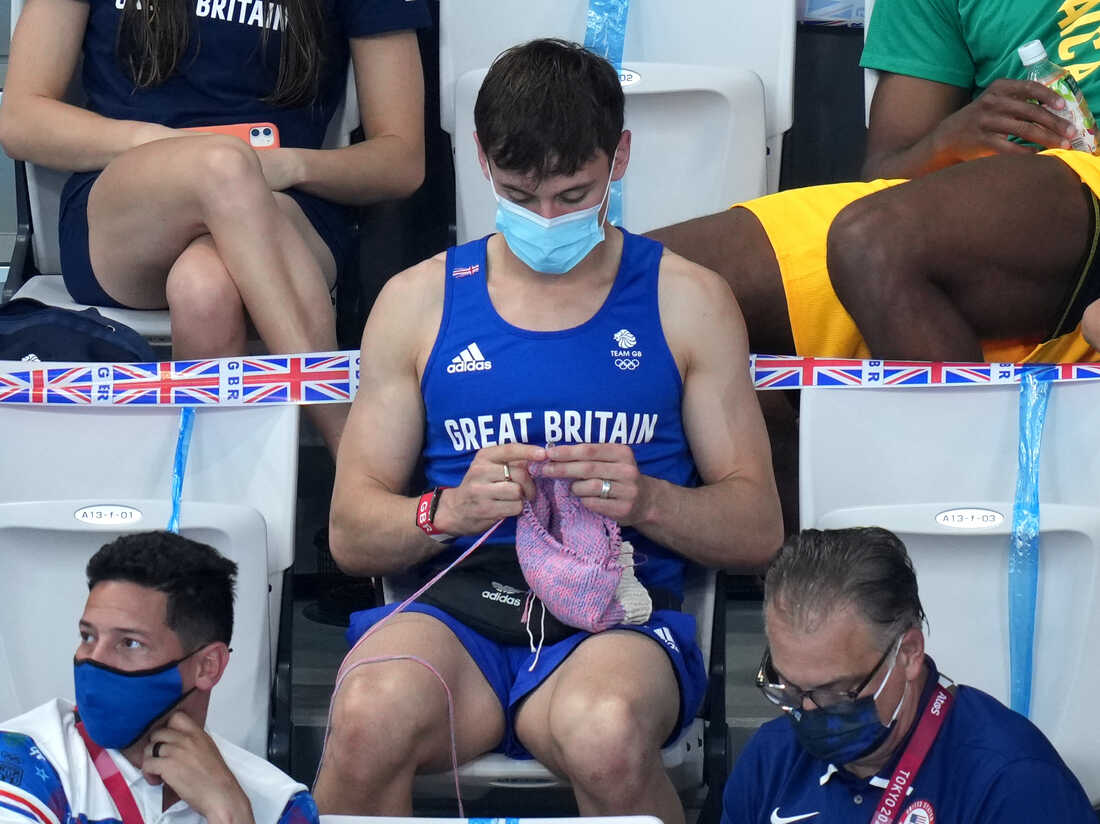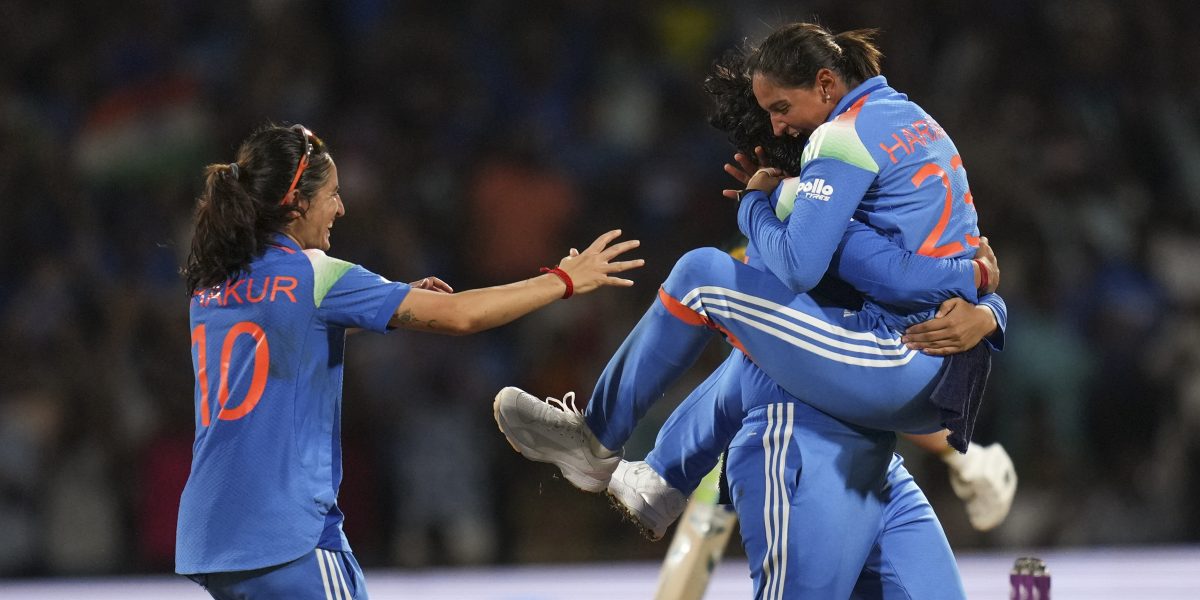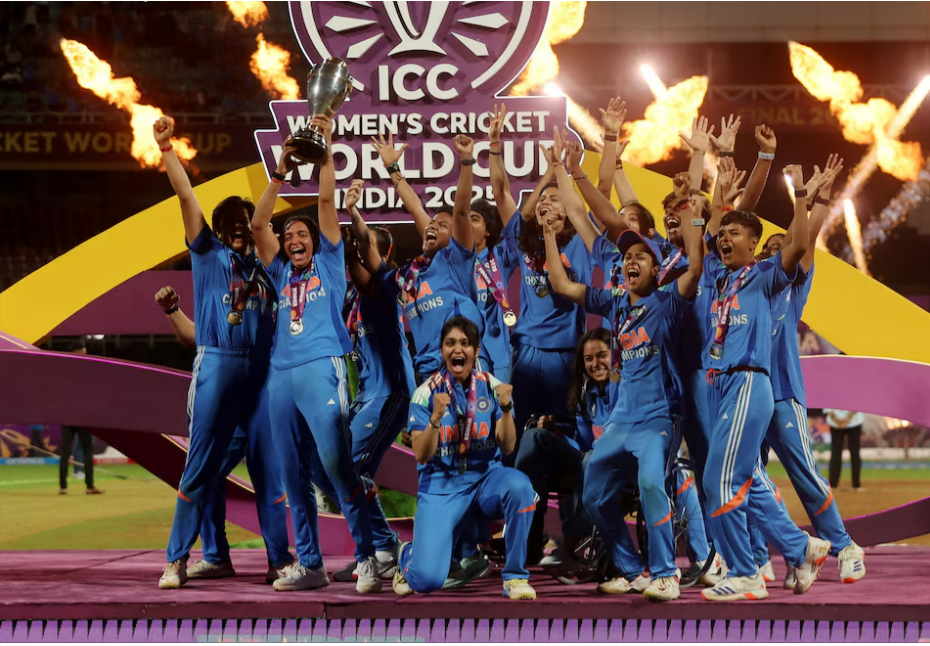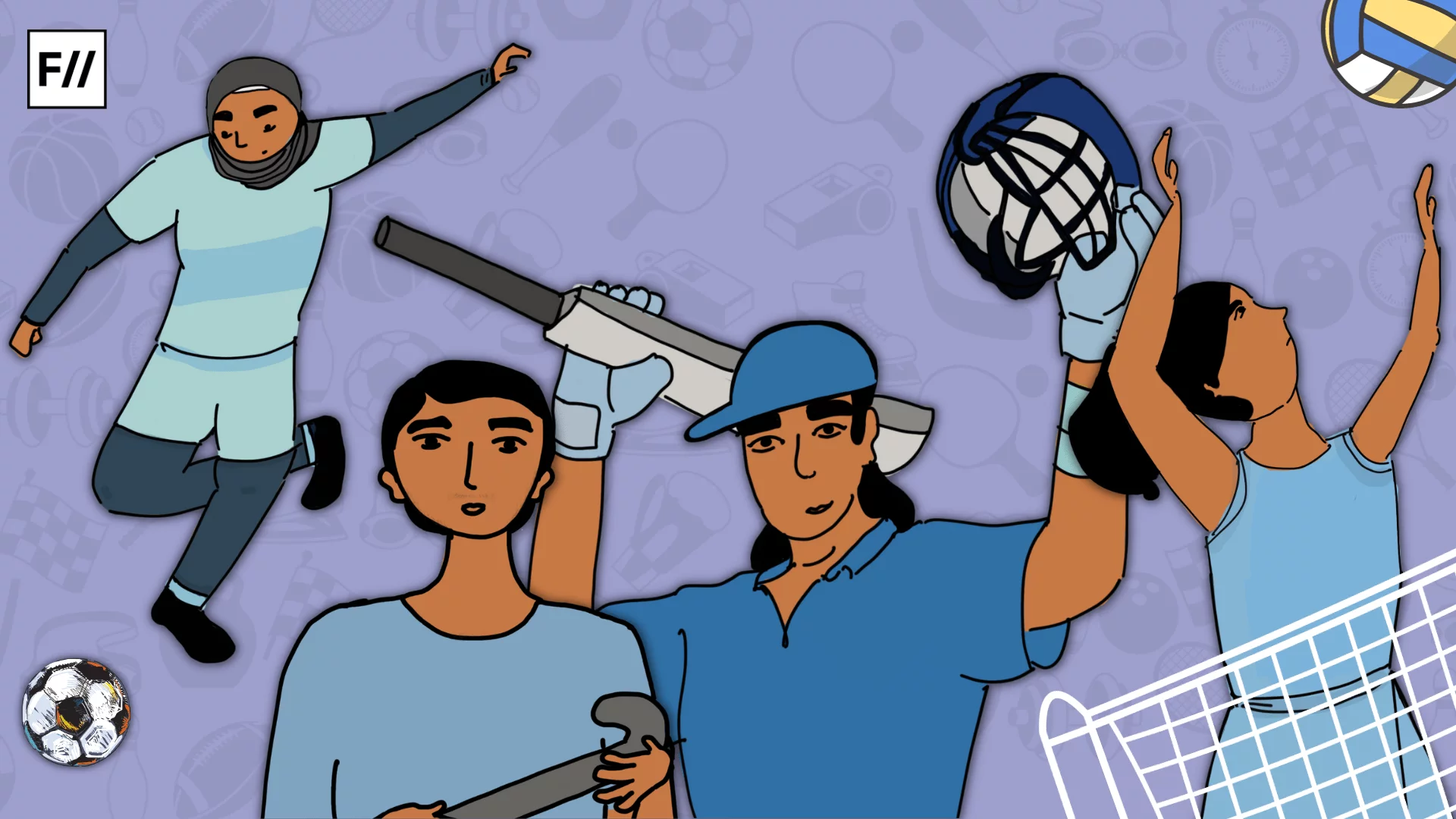Tom Daley, the queer athlete and Tokyo Olympics Gold medalist, struck a sharp blow at the binaries that keep the beam balance of the sporting world suspended unequivocally towards men’s sports when he proudly sent out a message to his fans saying, “I feel incredibly proud to say that I am a gay man and also an Olympic champion” after his recent win. He went on to draw large media attention to his knitting skills as numerous pictures of him knitting his medal pouch and Tokyo Olympic themed cardigan started flocking the internet earlier this week. Fans across the globe, especially on Indian social media platforms, have poured out adjectives like ‘adorable’ and ‘precious’ for him as they dig out more and more pictures of his life and knitting habits from his Instagram profile. If we take a minute to think, it shall not evade us that our reactions are steeped in our patriarchally conditioned ideas of masculinity in relation with sportsmanship and knitting.
For the longest time, sports had been recognised as a crucial arena in which male hegemony is constructed and reconstructed either dominently, through serving their own interests, or less dominantly, through inferiorizing women and their activities. Sincere efforts have been made by theorists as well as athletes to help sports dispel the myths of masculinity, with typical male notions of strength, bravery and power, surrounding it. Almost all women athletes, no matter how numerous and successful, are automatically branded with these aforementioned qualities to the extent that they are forced to undergo a devaluation, a kind of feminine castration in the eyes of the general public via popular media.
While there is a tendency of increased coverage of men’s sports, women’s athletic accomplishments are brushed aside. Instead, their sexuality, appearance, family, and diet routines are delved into. This mentality has percolated so deep into us that when the Indian women’s hockey team qualified for the semi-finals at the Tokyo Olympics this year, the only way for us to brand their success was to draw parallels with the famous Bollywood film, Chak De India’s storyline instead of laying out how far the team has come in their history of participation in the sporting event itself.

Following this twofold idea of the sporting world, it is not astonishing that our ideas of hobbies must also appear to be equally constricting. While music, dance and painting have more or less redeemed themselves from this duplex notion, knitting is an activity that we comfortably associate with the domestic world of mothers and grandmothers.
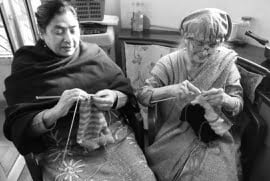
During the colonial period, it is believed that the British introduced the practice of knitting socks and stockings among the women of the subcontinent, especially in the northern state of Punjab. The missionaries further contributed to its widespread popularity by incorporating a lesson on knitting socks or jorab for young girls across all female schools, even though they themselves were not allowed to wear them. All knitted garments and accessories were for the men folk, to keep them warm against the harsh northern India cold during winters. They essentially propagated the 19th century European idea of knitting that served to draw the class lines among the rich and the poor. The women of the upper class households were expected to provide clothes for her family and knitting became an excellent artistic pastime, since she ideally had a lot of leisure with the housework being left to her domestic staff. Similarly, Indian women were expected to weave the men’s socks because like William Crooke has observed, the ‘long white stockings mark the ‘baboo’ as clearly as short deer-skin socks distinguish Afghans.’
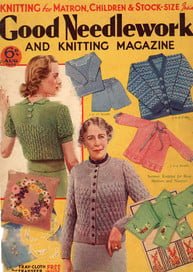
Men, of course, are equally important in the history of knitting. One of the many stories about its coming into the western world involves the act of knitting being taught by rescued sailors from the Spanish Armada owned by the Duke of Medina-Sidonia to the inhabitants at the island of Fair Isles in Scotland. However, the earliest existing knitted items were found from the trove of the Spanish Christian royal families in the late 13th century. They were believed to have been made by Muslim knitters. A more prominent male participation in this history comes in the middle ages with the formation of the guilds around it, the first being in Paris in the 14th century. The knitting guilds were exclusive to men and practiced a rigorous apprenticeship policy for those men who wished to be a part of the same. This training process went on for roughly six years’ time where men had to learn to knit from socks to long overcoats, the majority of which were exported to a wealthy global clientele.
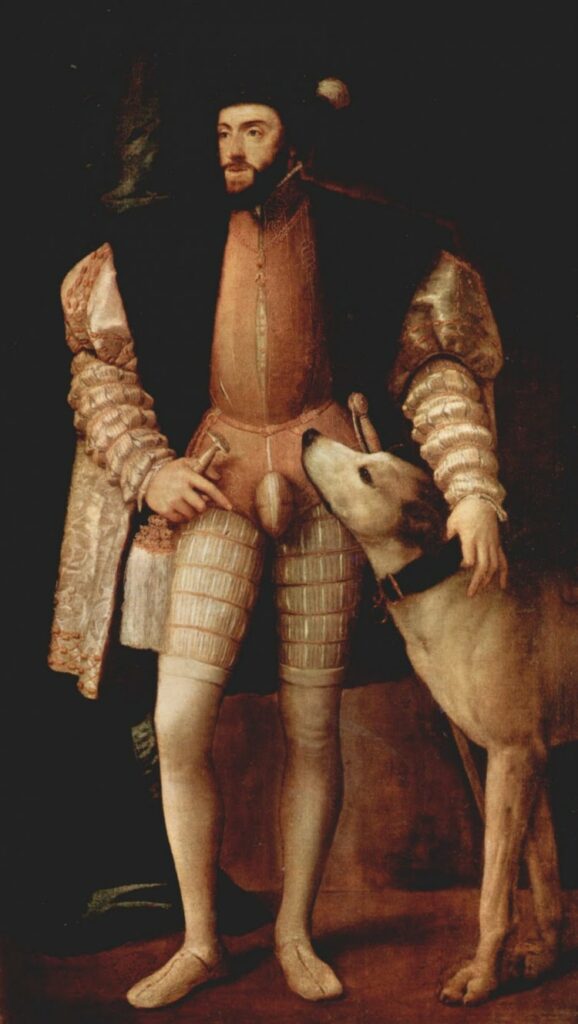
However, this history seems to have been conveniently forgotten over the past two centuries which primarily promoted knitting as a woman’s activity through the two World Wars and the Great Depression in America in the 1930s. Machine knitted wool wear started to become more and more popular since the Industrial revolution, and with Coco Chanel and Edward VIII, the Prince of Wales’ interest in them during the 1920s, knitted garments have proceeded to become a fashion mandate. Hand knitting got sidelined into the domestic realm as the activity practised by the ideal wife, and eventually into an engaging hobby for older people. It has been brought to the fore again by the Handmade Revolution across the internet with its focus on DIY activities. Psychotherapists in recent times suggest that knitting fosters good motor skills and concentration capabilities. Tom Daley has himself confessed to being hooked to knitting as a form of exercise in mindfulness.
The internet is full of confessions by men knitters from around the globe who unabashedly mention feeling ‘intimidated, awkward, and even embarrassed at the prospect of browsing the knitting aisle’. The lockdown following the first wave of the pandemic last year saw more people take to hand knitting as a superbly therapeutic activity and the internet, in general, has contributed to a renewed consciousness around it on a global scale.
Indians continue to be on the darker side and perceive knitting as a strictly feminine hobby. Our ideas are still shaped by the colonial indoctrination of the knitted sock wearing ‘baboo’ and women as cloth providers, an idea straight out of Victorian English ways of life. I can only hope that the fans’ awe at this apparently rare sighting of a queer athlete engaged in the act of knitting does not die down like just another internet sensation but contributes in helping us unlearn our notions around masculinity slowly and steadily.
References
- Sports and Maintenance of Masculine Hegemony by Lois Bryson
- Exposure to Women’s Sports: Changing Attitudes Toward Female Athletes by Travis Scheadler and Audrey Wagstaff
- How British Brought Knitting to Punjab by Jasvinder Kaur
- The History of Knitting Part 2: The Knitting Guilds
Ahendrila Goswami is a postgraduate student in English Literature from Jadavpur University, Kolkata. She likes to work in creative content curation and editing. When she is not busy jotting down her opinion, she can be found performing cooking experiments in the kitchen. Follow her on Facebook, LinkedIn and Instagram.
Featured Image Credit: Joe Giddens/PA Images via Getty Images
